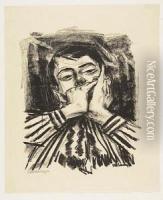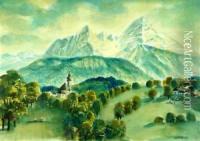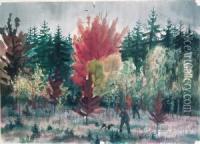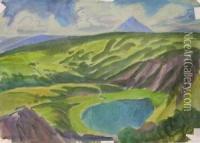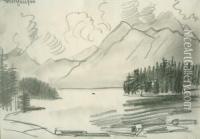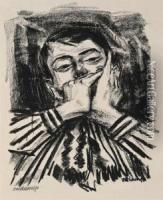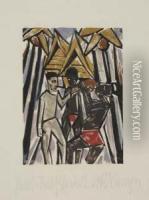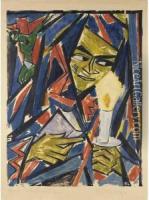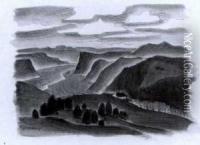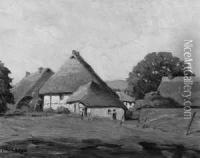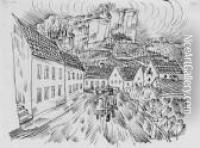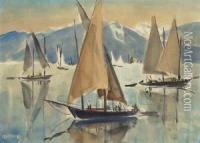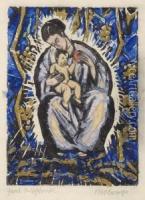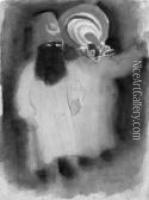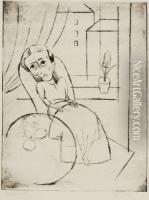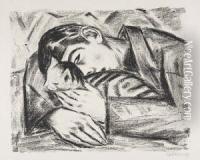Otto Lange Paintings
Otto Lange was a German painter and printmaker associated with the Expressionist movement. Born on April 3, 1879, in Dresden, Lange was part of the early 20th-century avant-garde that sought to challenge traditional artistic norms. He studied at the Royal Academy of Fine Arts in Dresden, where he developed his artistic skills.
Lange was influenced by various art movements of his time, including Impressionism and Post-Impressionism, but he was particularly drawn to the raw emotion and bold forms of Expressionism. He was contemporaneous with other famous Expressionists such as Ernst Ludwig Kirchner and Erich Heckel, who were part of the Die Brücke group, although Lange himself was not a member of this group.
His work often depicted urban life, social injustices, and the human condition, reflecting the turbulent political and social landscape of Germany during the early 20th century. Otto Lange's art was characterized by its intense use of color and dynamic brushstrokes, which aimed to convey emotional experiences rather than realistic depictions.
Unfortunately, during the rise of the Nazi regime, Lange's work, along with that of many other modernists, was labeled as 'degenerate art' and was banned from being exhibited. This significantly affected his career and his legacy. Despite this, he continued to work and create art that remained true to his vision until his death on August 5, 1944.
Otto Lange's contributions to Expressionism were significant, and his works are a testament to the creative and political struggles of artists during a period of great adversity. His legacy continues to be appreciated by art historians and collectors, and his pieces can be found in various art museums and private collections around the world.
